Categories
Can You Add Stamp Duty To Your Mortgage?
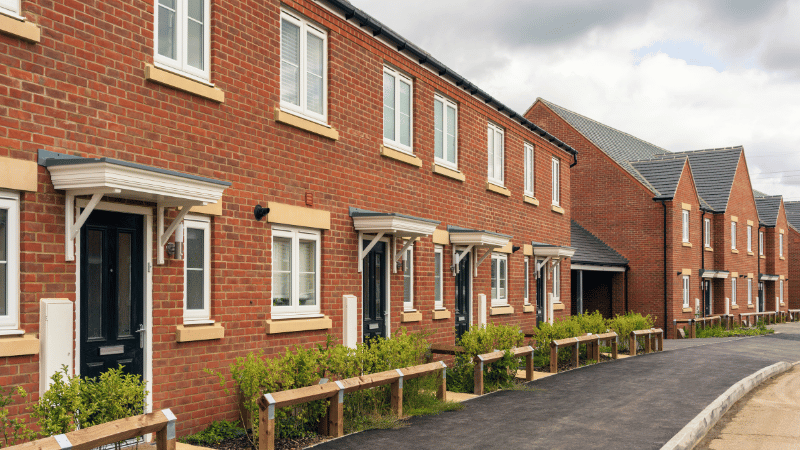
What is stamp duty, and is it possible to add it to your mortgage? This guide explains the ins and outs.
Written by Sam Hodgson
When buying a home, getting caught out by a higher stamp duty tax bill than you expect is the last thing you need.
If you can’t afford it, it could mean reducing the deposit you can put down or needing a larger loan, which can reset your lender’s mortgage calculators and leave you with a more expensive product.
After the chancellor's latest Autumn Budget in October, a number of changes were made to the UK's Stamp Duty thresholds. So, it's as important as ever to know your options when it comes to paying it.
This guide covers everything you need to know about Stamp Duty Tax when making your calculations.
We also provide some tips on how to potentially reduce your Stamp Duty tax bill and how you can best use your mortgage to pay for it.
Key Takeaways:
- Yes, Stamp Duty can be added to your mortgage - but it's subject to interest and could impact your affordability.
- In England and Northern Ireland, first-time buyers don't have to pay Stamp Duty on properties below £425,000.
- The higher Stamp Duty rate for second homes has been raised from an additional 3% to an extra 5%.
- From April 2025, the threshold for residential Stamp Duty will be lowered from £250,000 to £125,000.

In This Guide:
Can I Use My Mortgage To Pay For My Stamp Duty Tax Bill?
What are the Current Stamp Duty Tax Rates?
What if I'm Just Replacing My Main Residence?
How Much Stamp Duty Will I Pay as a First-Time Buyer?
How Can I Reduce My Stamp Duty Tax Bill?
How And When Do I pay my Stamp Duty Tax?
Can Stamp Duty Be Added to a Buy to Let Mortgage?
Can I Claim Stamp Duty Back on a Buy to Let?
How Can a Mortgage Broker Help?
Can I Use My Mortgage To Pay For My Stamp Duty Tax Bill?
Yes, you can apply for a bigger loan to cover the cost of your Stamp Duty tax bill.
However, this isn’t always the best option.
Your Stamp Duty tax must be paid within 14 days of purchasing your property. This means you can’t pay it back gradually throughout your mortgage payments – you can only take out a bigger loan to pay it off straight away.
Additionally, if you get pushed into a higher LTV bracket, you could end up paying higher interest rates for your entire mortgage. For example, your extra borrowing pushes you into a 90% LTV instead of an 80% LTV mortgage.
This also applies to the method of reducing your deposit to cover your Stamp Duty bill. While it may be a good option, just keep in mind that you will have a higher LTV percentage as a result.
If this takes you from an 80% to a 79% LTV, for example, you could end up with a more expensive mortgage.
Compare rates and get an instant quote using our online mortgage calculator
What is Stamp Duty Tax?
Stamp Duty Land Tax (SDLT) is a government tax on the purchase of land and property based on a percentage of the property price. The buyer pays it at the point of purchase, and the tax rates vary depending on various factors.
- Where your property is
- Your property’s value
- Whether you’re a first-time buyer
- Whether it’s your only property
- If it’s a residential or non-residential property
What Are the Current Stamp Duty Tax Rates?
Current Stamp Duty Tax Thresholds for England & Northern Ireland:
| Purchase Price | Stamp Duty Tax Rate | Stamp Duty Tax Rate for an Additional Property |
|---|---|---|
| Up to £250,000 | 0% | 5% |
| £250,001 to £925,000 | 5% | 10% |
| £925,001 to £1.5m | 10% | 15% |
| Over £1.5m | 12% | 17% |
Rates from 1st April 2025
| Purchase Price | Stamp Duty Tax Rate | Stamp Duty Tax Rate for an Additional Property |
|---|---|---|
| Up to £125,000 | 0% | 5% |
| £125,001 to £250,000 | 2% | 7% |
| £250,001 to £925,000 | 5% | 10% |
| £925,001 to £1.5m | 10% | 15% |
| Over £1.5m | 12% | 17% |
As of the Autumn Budget in October 2024, you'll need to pay an additional 5% Stamp Duty on additional properties. And from April 2025, residential purchases will be subject to a lower Stamp Duty threshold.
You can use HMRC’s Stamp Duty Calculator to work out how much you will likely need to pay on your property or piece of land.
What if I'm Just Replacing My Main Residence?
If you're buying a new home and selling your current residence, you will still need to pay the Stamp Duty tax.
However, you'll be exempt from the extra 5% SDLT for additional properties if you have already sold your previous home when you purchase your new property.
If you haven't sold your current home by the day you complete your new purchase, you still need to pay an additional 5% SDLT.
But you can apply for a tax refund for this from HMRC if you sell your previous home within 36 months of your purchase date.
While you don’t need to pay the extra 5% surcharge if you’re moving house, you need to consider having the savings available to pay it in case your existing property doesn’t sell before your new purchase.
See similar: Spring Budget 2024: 5 Key Property Market Takeaways
How Much Stamp Duty Will I Pay As a First-Time Buyer?
England and Northern Ireland
In England and Northern Ireland, first-time buyers don't have to pay SDLT on a property under £425,000.
You'll also only pay 5% SDLT on the value up to £625,000.
But if your property price is over £625,000, you won't be able to claim first-time buyer relief and will need to follow the rules for people who have bought a home before.
Remember, to be eligible, you and anyone else you’re buying with must be first-time buyers.
Scotland
From 1st April 2021 in Scotland, the lowest band of Land and Buildings Transaction Tax (LBTT), which is tax-free, is increased from £145,000 to £175,000 for first-time buyers. This represents a potential tax saving of up to £600 for those buying their first home.
Wales
There is currently no first-time buyer tax relief in Wales.
Related: How to borrow up to 5.5 times your salary as a first time buyer
How Can I Reduce My Stamp Duty Tax Bill?
Stamp Duty tax only applies to the chargeable consideration of your property purchase, and any removable fixtures are exempt from this category.
This includes:
- Freestanding furniture
- Carpets
- Curtains and blinds
However, this doesn’t include fixed furnishings and fixtures like kitchen and bathroom fittings or built-in wardrobes, as these are classified as being attached to the property.
You can calculate the accumulated value of anything outside the chargeable consideration and deduct this from your purchase price and, therefore, the amount you pay Stamp Duty tax on.
This could knock off a fair amount of Stamp Duty tax if some valuable pieces of furniture are included in your house purchase. For example, an antique piano that the previous owners didn’t want to pay to move could be valuable and deducted from your purchase price.
You must come to an agreement on a fair price for each item with the seller. HMRC will scrutinise the valuations if they deem them unreasonable, so be careful not to overestimate their value.

How And When Do I Pay My Stamp Duty Tax?
HMRC states that you must send them an SDLT return within 14 days of the completion of your property purchase. If you don’t meet this deadline, you could be fined or charged interest.
Your conveyancer, solicitor or agent will usually file your SDLT return for you on the day of your purchase and add the amount to their fees. If you're a first-time buyer, they will also claim any tax relief you are eligible for.
You won't need to submit a return if you have no Stamp Duty tax to pay when you buy a home.
Need a refresher on how much you can borrow? Use our calculator to see how big of a mortgage you could get.

Can Stamp Duty Be Added to a Buy to Let Mortgage?
Yes, stamp duty can be added to a buy-to-let mortgage in a manner similar to residential mortgages. As with residential mortgages, some lenders may allow you to include the stamp duty costs in the mortgage amount, spreading out the payments over the term of the loan.
But there are some factors to consider before you do so. Adding stamp duty to your mortgage will increase the overall amount you'll repay, with interest being applied to the stamp duty amount as part of your mortgage. Additionally, lenders may have specific criteria regarding the maximum loan-to-value (LTV) ratio and affordability checks, which could impact whether adding stamp duty to the mortgage is feasible.
It's advisable to discuss this option with your lender or seek guidance from a financial adviser before proceeding.
Can I Claim Back Stamp Duty on a Buy to Let?
In some unique circumstances, you'll be able to reclaim stamp duty on a buy to let property.
For instance:
- If the property you're purchasing has a mixed-use, such as residential and commercial components, you may be able to claim back a portion of the stamp duty attributed to the non-residential part of the property.
- If you have sold your primary residence and now live in what was formerly your buy to let property, you might be entitled to a refund.
However, you won't be able to reclaim stamp duty on a buy to let property in most cases, as it's considered a one-time tax paid upon property purchase.
It's also worth noting that Multiple Dwellings Relief will no longer be available after 1st June 2024. This rule previously reduced the overall stamp duty payable if you were buying multiple properties simultaneously. However, in the Spring Budget, Chancellor Jeremy Hunt announced that this would be abolished.
How Can a Mortgage Broker Help?
A mortgage broker can talk you through the best options for what type of mortgage to take out, including helping with how to raise funds for your Stamp Duty tax bill.
At Clifton Private Finance, we can advise on the best approach for your deposit and tax strategy and help you find the best mortgage on the market.
Call us today on 0203 900 4322 to see how we can help, or book a free consultation below.
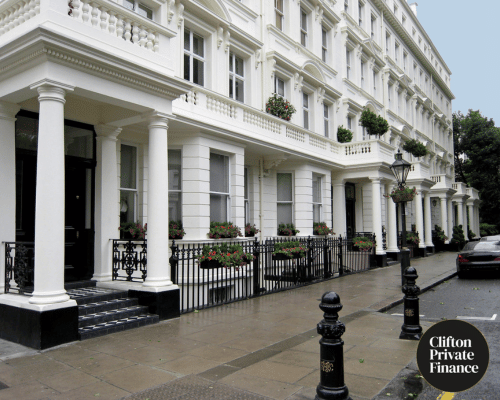



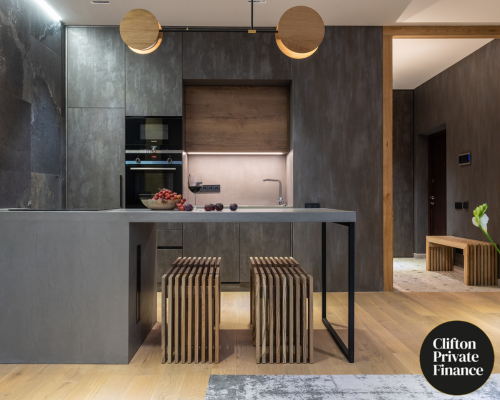

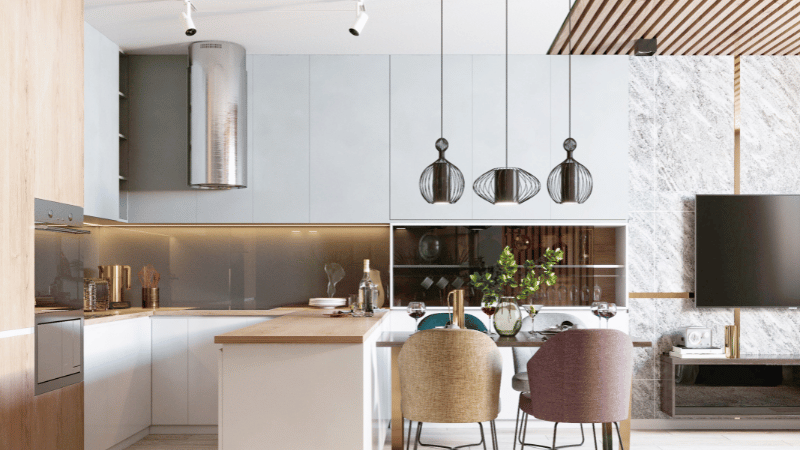
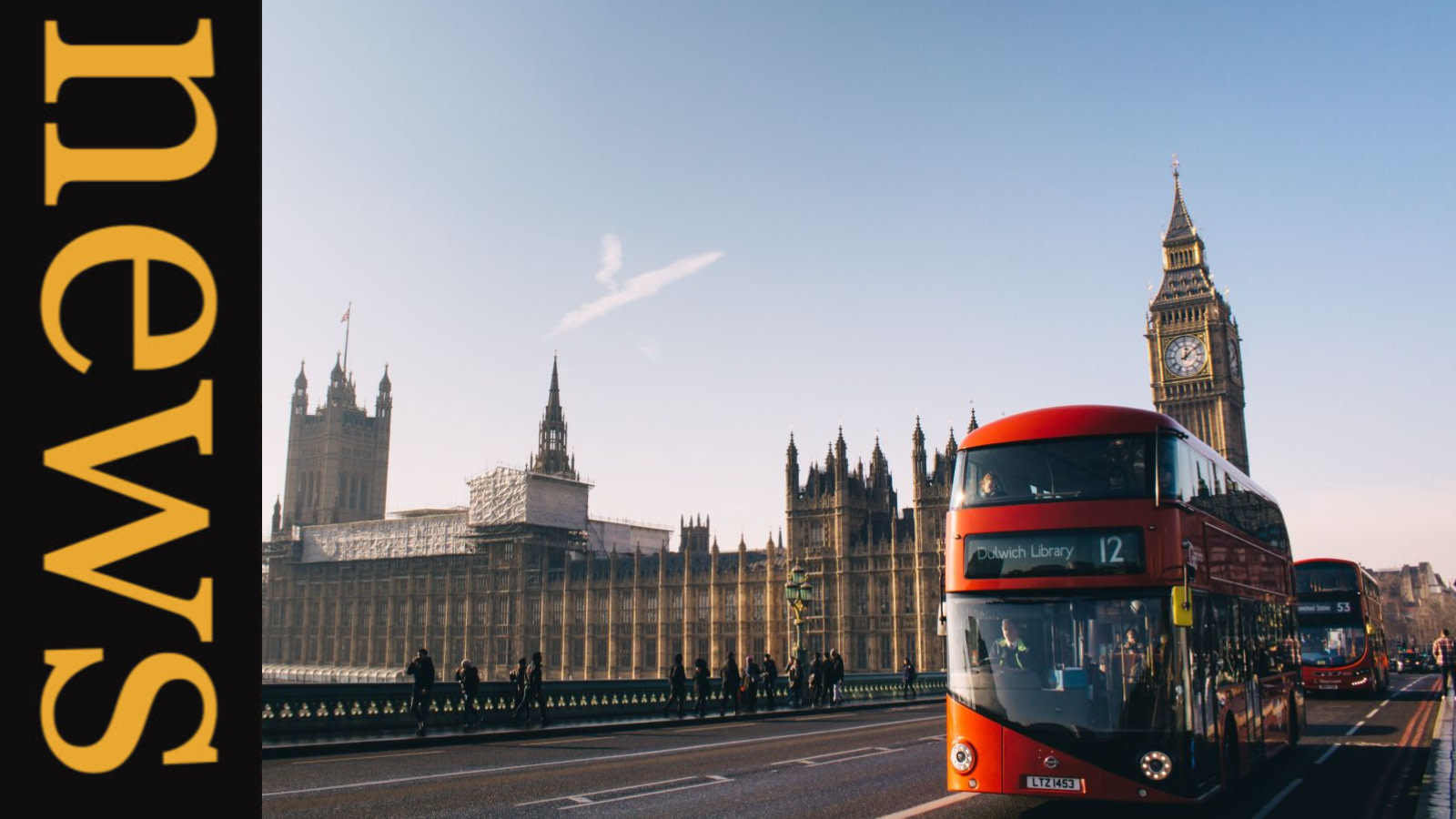
.png)